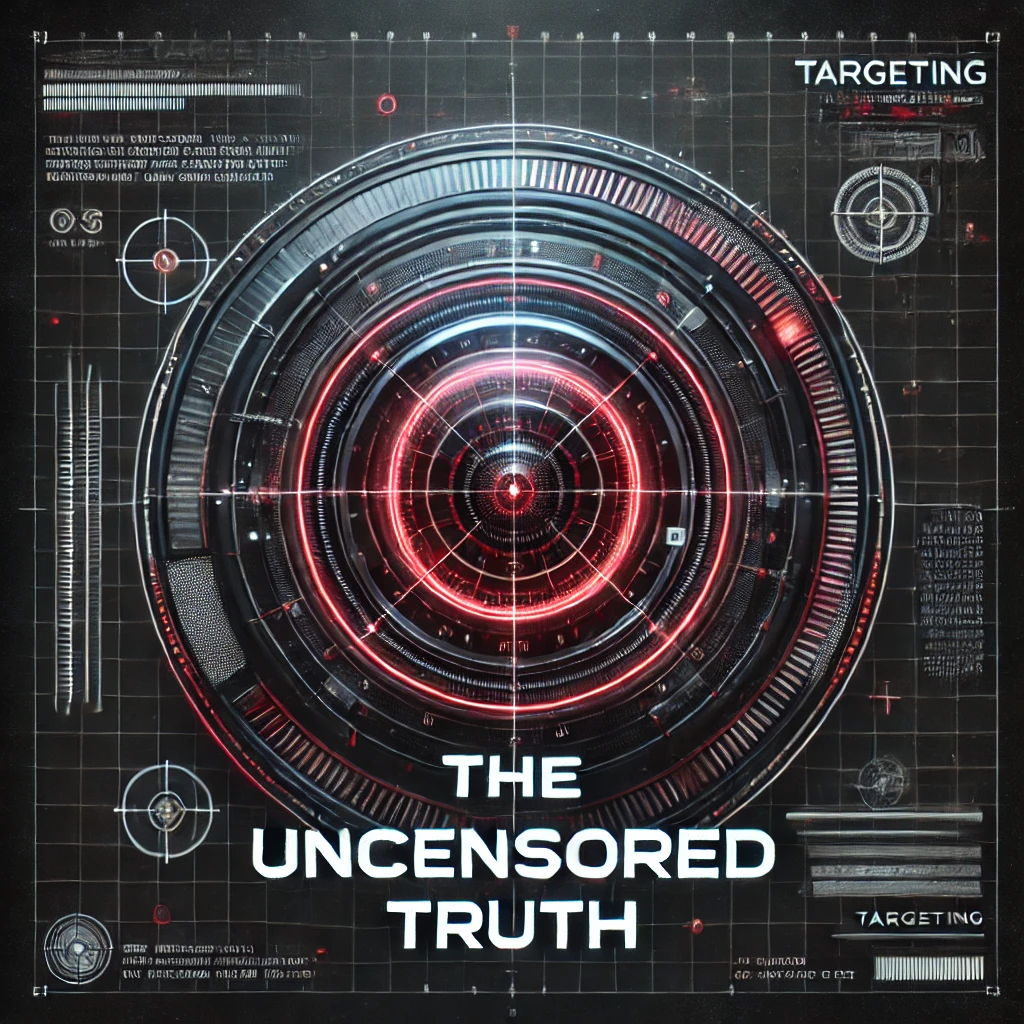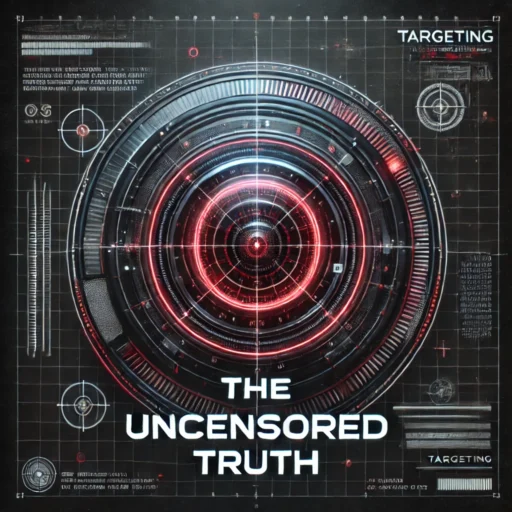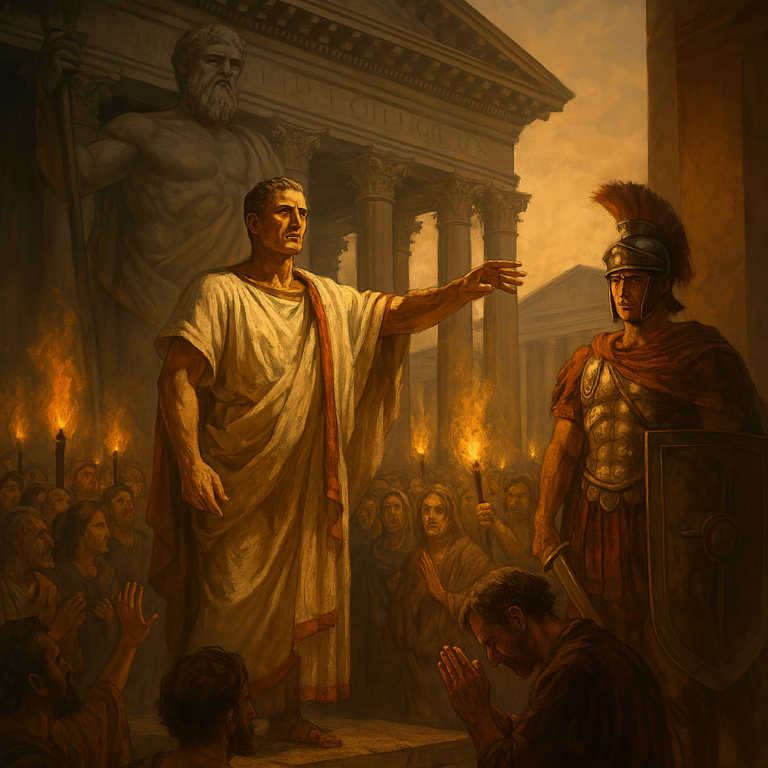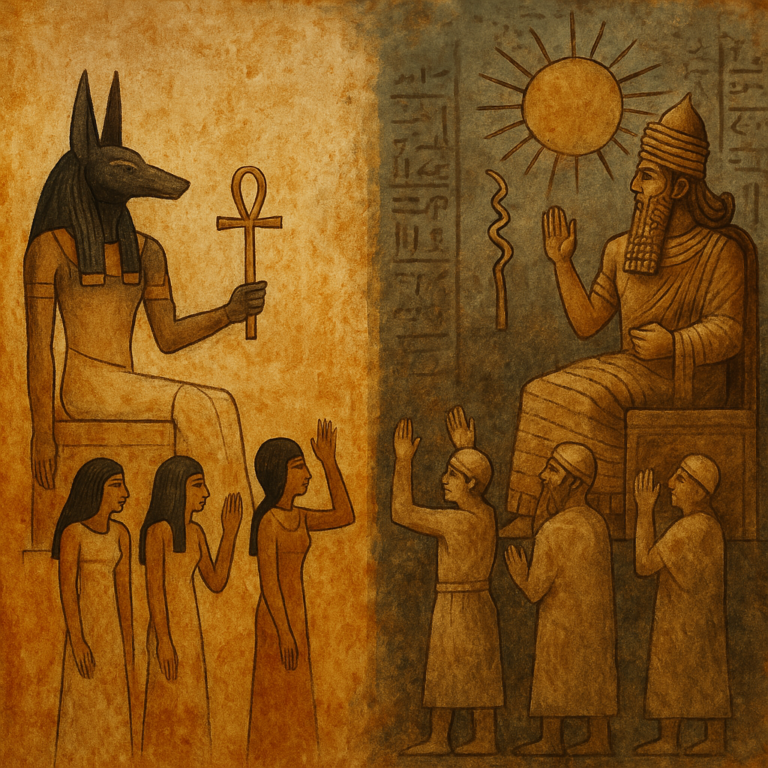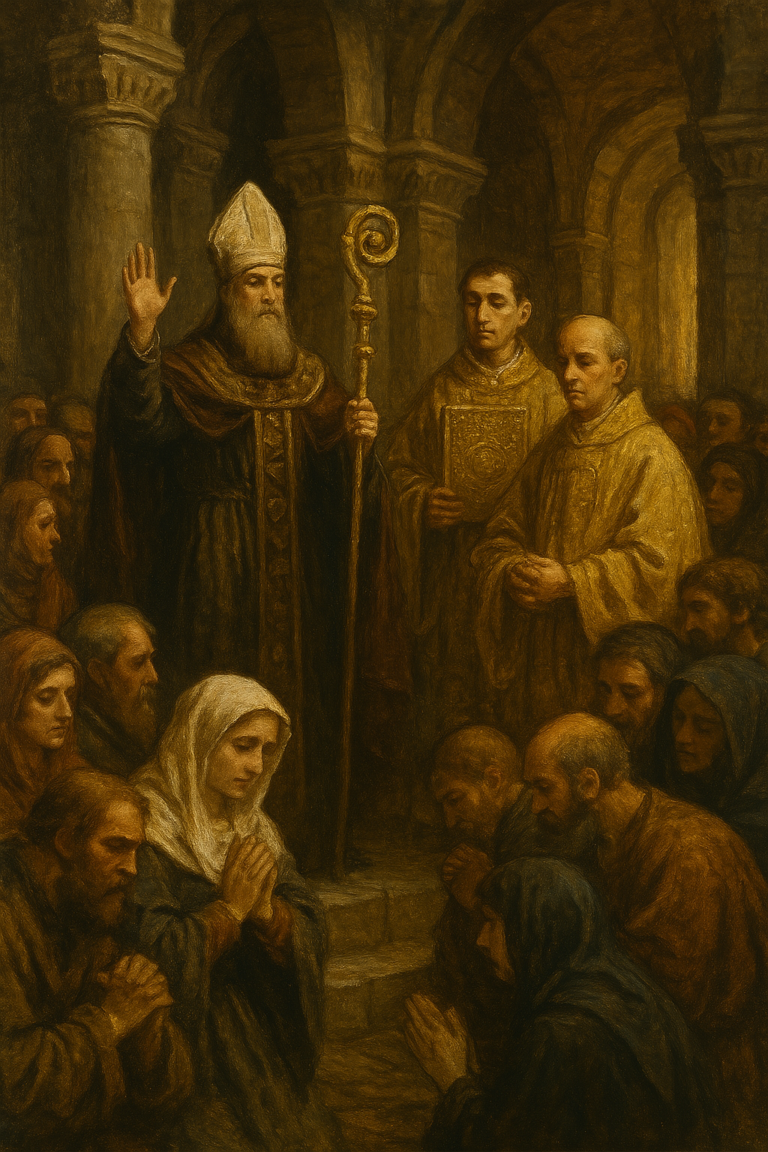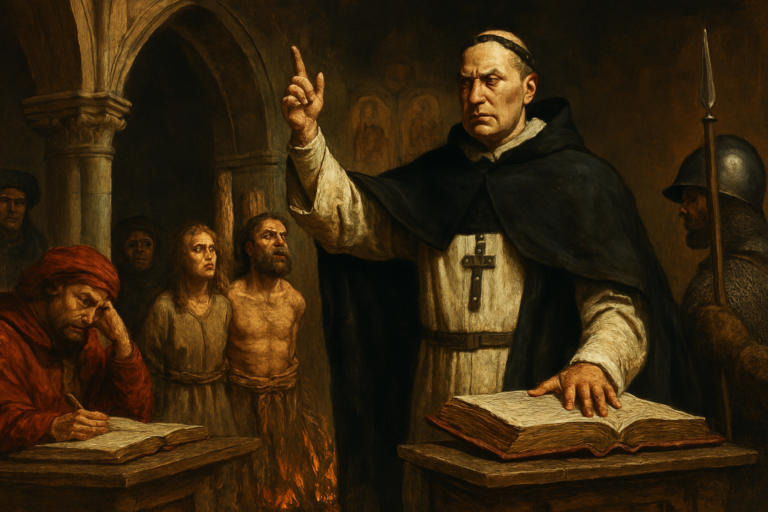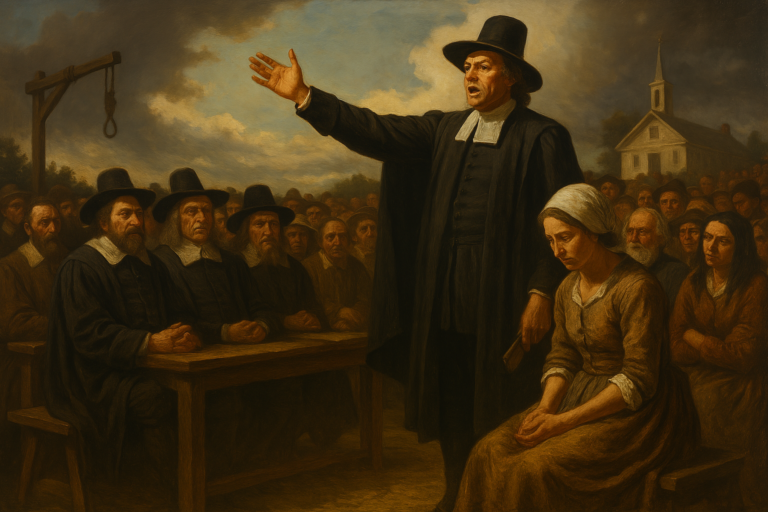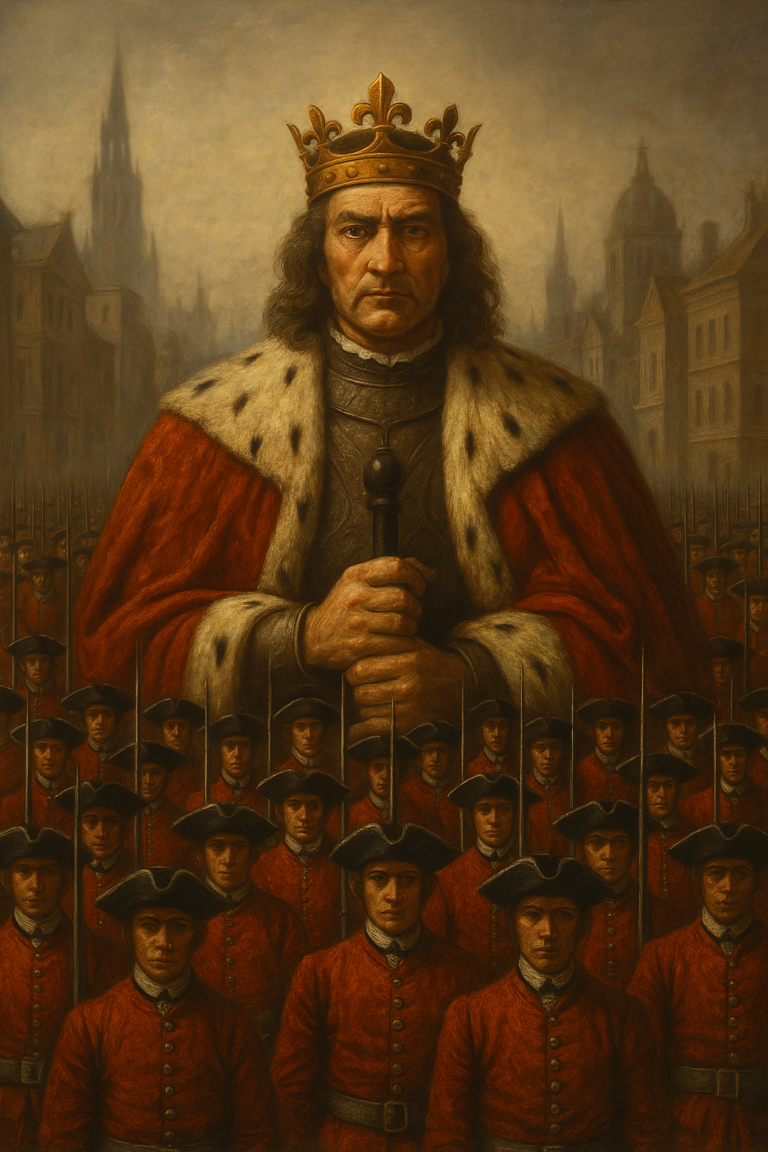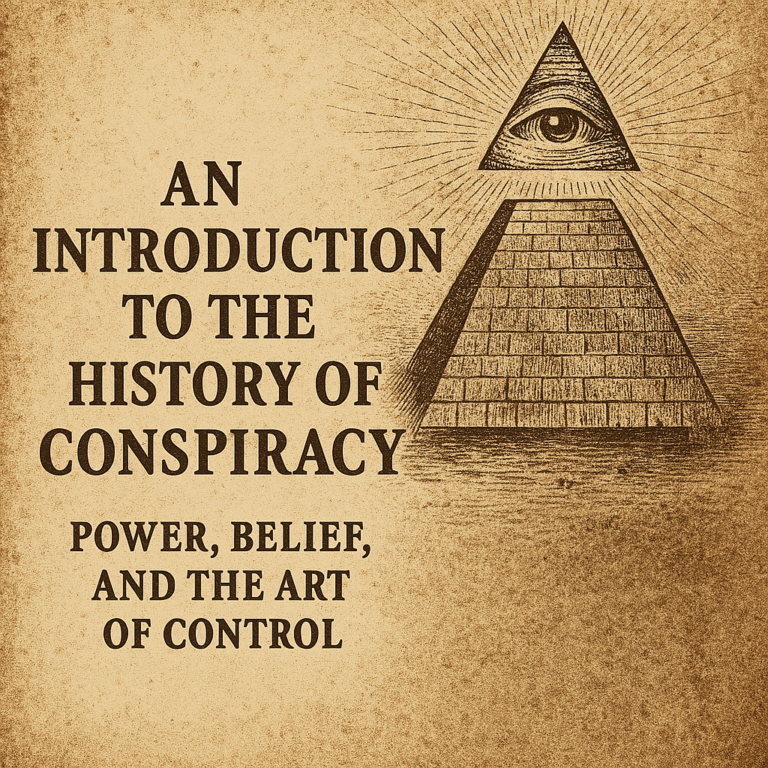Part II: 100 BCE to 500 AD – From Republic to Religion: The Politics of Belief
As Rome expanded across continents, it faced a fundamental challenge: how do you govern tens of millions of people across vast and volatile territories? Military might built the empire — but it couldn’t sustain it. The real solution came not through force, but through belief — and the strategic use of fear to internalize obedience.
Between 100 BCE and 500 AD, Rome transformed from a fractious republic into a theocratic superstate. The elites who orchestrated that transformation didn’t just suppress dissent — they rewrote loyalty itself. Through civic ritual, divine emperors, public executions, and eventually, institutional religion, the Roman ruling class built a self-policing empire of staggering longevity.
The Death of the Republic: Assassination as Narrative Control
In 44 BCE, Julius Caesar was stabbed 23 times by Roman senators who claimed they were saving the Republic from tyranny. The act was branded as noble — a defense of liberty. But what followed was not a restoration of democracy. It was a power vacuum that opened the door for Rome’s transformation into an empire.
Caesar’s heir, Octavian (later Augustus), used the chaos to position himself as the stabilizing force. Through clever propaganda — coins, monuments, public games — he cast himself as “Princeps” (First Citizen), not king, while accumulating unchecked power behind the scenes.
In 27 BCE, he was granted the title Augustus, and Rome became an empire in all but name.
Belief strategy #1: Frame total control as the preservation of order.
Fear strategy #1: Let chaos justify consolidation — then make the alternative unthinkable.
Learn About The Propaganda Used In The Civil War Between Octavian And Mark Anthony
The Divine Emperor: Inventing Sacred Rule Without a Crown
Augustus perfected a delicate balance: rule the republic absolutely, appear humble. His propaganda emphasized peace, fertility, divine favor, and moral renewal. After his death, he was deified by the Senate — a trend that continued for future emperors, some during their lifetimes.
By the 2nd century AD, the Imperial Cult was in full swing. Citizens across the empire were required to offer sacrifices to the emperor’s genius (divine spirit) — not out of personal piety, but as a test of loyalty to the state. Local governors used these rituals to root out dissent, often equating refusal with treason.
🔹 Case Study: Pliny the Younger’s Letters to Emperor Trajan (c. 112 AD)
Pliny, governor of Bithynia (modern-day Turkey), wrote to Trajan asking how to deal with Christians who refused to sacrifice to the emperor. Trajan’s response: pardon those who comply, punish those who don’t, but don’t seek them out unless they’re denounced by others.
The brilliance here is strategic: let the population do the surveillance.
Belief strategy #2: Position loyalty rituals as moral duties.
Fear strategy #2: Make public conformity the standard — and let social shame do the rest.
Christianity: From Persecuted Threat to Imperial Tool
Initially, Christians were despised not because of their beliefs, but because of their refusal to participate in the imperial system. Their refusal to sacrifice to the emperor, attend civic festivals, or honor Roman gods marked them as subversive.
- Tacitus (c. 64 AD) reports that Nero used Christians as scapegoats after the Great Fire of Rome, executing them en masse to pacify public unrest.
- Roman governors used mob mentality, denunciation, and public torture to deter conversion.
But over time, as Christianity spread, its organizational structure, moral authority, and doctrinal uniformity became too useful to ignore.
In 313 AD, the Edict of Milan, under Emperor Constantine, legalized Christianity. By 380 AD, Emperor Theodosius I declared it the official religion of the empire.
Belief strategy #3: Absorb powerful ideologies — and control them from within.
Fear strategy #3: Define heresy not as error, but as rebellion.
The Rise of Heresy and the Self-Policing Church
Once Christianity became institutionalized, the state’s tactics were repurposed. Rome no longer executed Christians — it empowered Christian bishops to enforce orthodoxy. Heresy was no longer a theological disagreement — it was a civic threat.
- The Council of Nicaea (325 AD) defined the “official” version of Christian belief.
- Dissenters were excommunicated, banished, or killed.
- Church members were encouraged to report heretics, and entire communities could be punished for harboring them.
As Christianity became the dominant worldview, conformity replaced faith. To doubt church doctrine was to risk eternal damnation — and often, earthly punishment.
Belief strategy #4: Bind religion to identity.
Fear strategy #4: Use eternity as the ultimate deterrent.
Internalizing the Empire
By 500 AD, the Western Roman Empire was collapsing politically — but its mechanisms of control had already taken root in the mind.
- People obeyed authority not out of coercion, but because they believed doing otherwise was morally and spiritually dangerous.
- Citizens reported their neighbors not for personal gain, but out of a sense of duty to God and state.
- The idea of resistance had been reframed — not as bravery, but as sin.
The state had achieved what every regime desires: a population that regulates itself.
Was It Control or Civilization?
Some historians argue that Rome’s religious integration fostered stability, literacy, and moral order. Others point to state-sanctioned executions, ideological warfare, and mass persecution as the cost.
But whether the result was good or evil, the method is undeniable: shape what people believe, define what they fear, and let them do the rest.
Rome didn’t just build roads and aqueducts.
It built the blueprint for modern ideological control — hiding coercion inside conviction.
Coming Next: The Holy Empire and the Heretic – 500 AD to 1500 AD
Next, we’ll trace how the early Church and feudal monarchs expanded this system — codifying belief, weaponizing theology, and punishing deviation through fear of both damnation and death.
Because belief is the ultimate prison — especially when the bars are invisible.
